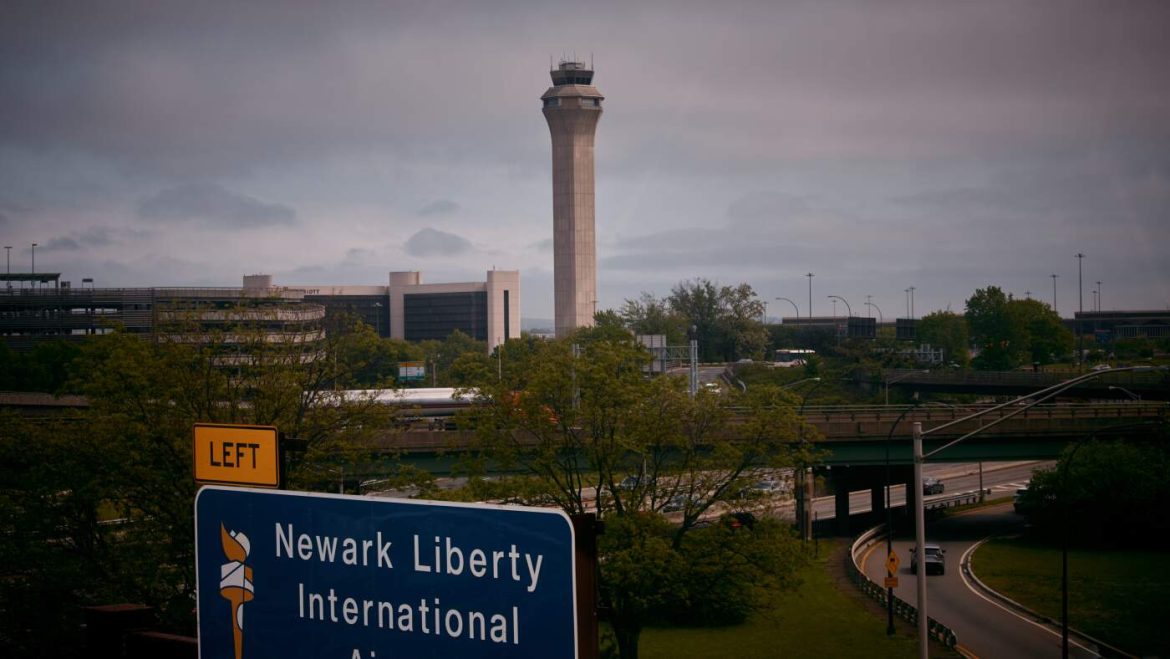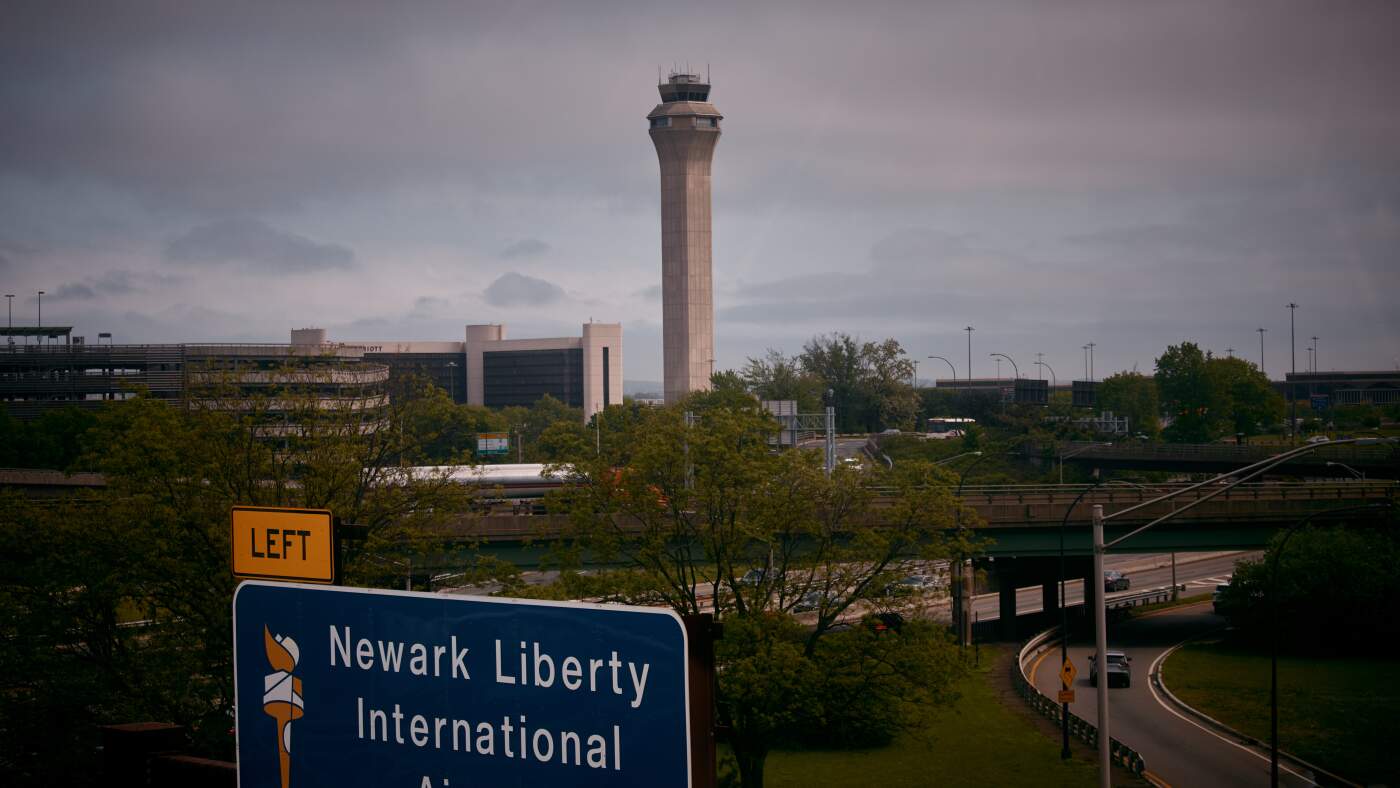The Newark Air Traffic Crisis: A Multi-Faceted Analysis
Introduction
The recent air traffic control issues at Newark Liberty International Airport have sparked widespread concern and scrutiny. The situation, marked by technical outages, staffing shortages, and communication failures, has raised critical questions about the safety and efficiency of air travel in one of the nation’s busiest airspaces. This analysis delves into the underlying causes, immediate impacts, and potential long-term solutions to the crisis.
Technical Outages and Communication Failures
The technical outages at Newark Airport have been particularly alarming. On multiple occasions, air traffic controllers lost radar and communication with aircraft, leaving planes effectively “flying blind” for brief but critical periods. These outages, attributed to issues at the Terminal Radar Approach Control (TRACON) station in Philadelphia, have had cascading effects on flight operations and passenger safety. The most recent incident, where controllers lost contact for 90 seconds, highlighted the fragility of the current system. Such outages are not isolated events; they have occurred multiple times since August, indicating a systemic issue that demands urgent attention.
Staffing Shortages and Controller Fatigue
The FAA’s acknowledgment that as few as three radar controllers were scheduled per hour to monitor Newark’s airspace underscores a severe staffing shortage. This understaffing is compounded by the fact that over 20% of FAA controllers at Newark Airport took trauma leave following a major communication outage. The shortage has led to increased workloads for remaining controllers, exacerbating the risk of errors and fatigue. The situation is further complicated by the controversial move of Newark’s airspace management to the Philadelphia facility, which some experts believe has contributed to the current chaos.
Immediate Impacts on Air Travel
The immediate impacts of these issues have been significant. Flights have been delayed, canceled, and rerouted, causing widespread disruptions for travelers. The FAA’s emergency task force, while a step in the right direction, has not yet provided concrete solutions to alleviate the current crisis. The situation has left passengers frustrated and concerned about the safety of air travel. The FAA’s assurance that there will be “no point at which we will have zero air traffic controllers” offers little comfort given the recent near-misses and outages.
Long-Term Solutions and Infrastructure Upgrades
To address these issues, the FAA has announced plans to upgrade old air traffic control technology. However, these upgrades are not expected to be implemented immediately, leaving the current system vulnerable to further disruptions. The FAA’s task force aims to ensure safety, but its effectiveness remains to be seen. The FAA must prioritize both immediate staffing solutions and long-term infrastructure improvements to prevent future crises.
The Human Factor
The human factor cannot be overlooked in this crisis. Air traffic controllers are under immense pressure, and the recent outages have taken a toll on their mental health. The FAA must address controller fatigue and trauma leave policies to ensure that the workforce is adequately supported. The union’s assertion that controllers did not “walk off the job” but rather took necessary leave for their well-being highlights the need for a more compassionate and supportive approach to managing air traffic control staff.
Public and Industry Response
The public and industry response to the Newark air traffic crisis has been mixed. While some travelers have expressed outrage and fear, others have called for calm and patience. Industry experts have emphasized the need for immediate action and long-term planning. The FAA’s plan to increase air traffic controller staffing is a positive step, but it must be accompanied by robust training programs and technological upgrades to ensure sustained improvements.
Conclusion: A Call to Action
The Newark air traffic crisis serves as a stark reminder of the vulnerabilities in our air travel infrastructure. The FAA must act swiftly and decisively to address the immediate staffing shortages and technical outages. Long-term solutions, including infrastructure upgrades and comprehensive support for air traffic controllers, are essential to prevent future crises. The safety and efficiency of air travel depend on a robust, well-supported air traffic control system. The time for action is now, and the FAA must lead the way in ensuring that Newark Airport, and by extension, the broader air travel network, operates safely and efficiently for all.


